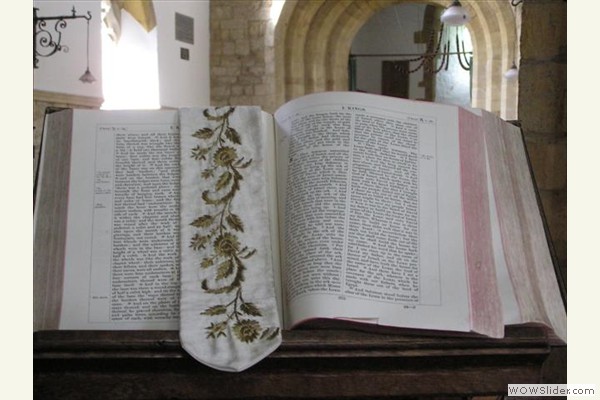
HAYDOCK CATHOLIC BIBLE COMMENTARY ON THE NEW TESTAMENT
PREFACE.
This epistle was always acknowledged for canonical, and written by S. John, the apostle and evangelist. At what time and place, is uncertain. It is sometimes called the Epistle to the Parthians, or Persians. The chief design is to set forth the mystery of Christ's incarnation against Cerinthus, who denied Christ's divinity, and against Basilides, who denied that Christ had a true body; with zealous exhortations to love God and our neighbour. Wi. — The same vein of divine love and charity towards our neighbour which runs throughout the gospel, written by the beloved disciple and evangelist, S. John, is found also in his epistles. He confirms the two principal mysteries of our faith: the mystery of the Trinity, the mystery of the incarnation of Jesus Christ, the Son of God. The sublimity and excellence of the evangelical doctrine he declares: "And this commandment we have from God, that he who loveth God love also his brother;" (C. iv. 21.) and again, "For this is the charity of God, that we keep his commandments; and his commandments are not heavy." C. v. 3. He shews how to distinguish the children of God from those of the devil; marks out those who should be called antichrists; describes the turpitude and gravity of sin. Finally, he shews how the sinner may hope for pardon. It was written, according to Baronius's account, sixty-six years after our Lord's ascension. Ch. — The effect of all is to prove the certainty of the Catholic faith, and to renounce all heretics and schismatics, who entice persons from the true saving faith.
Copyright ©1999-2023 Wildfire Fellowship, Inc all rights reserved

 Keep Site Running
Keep Site Running